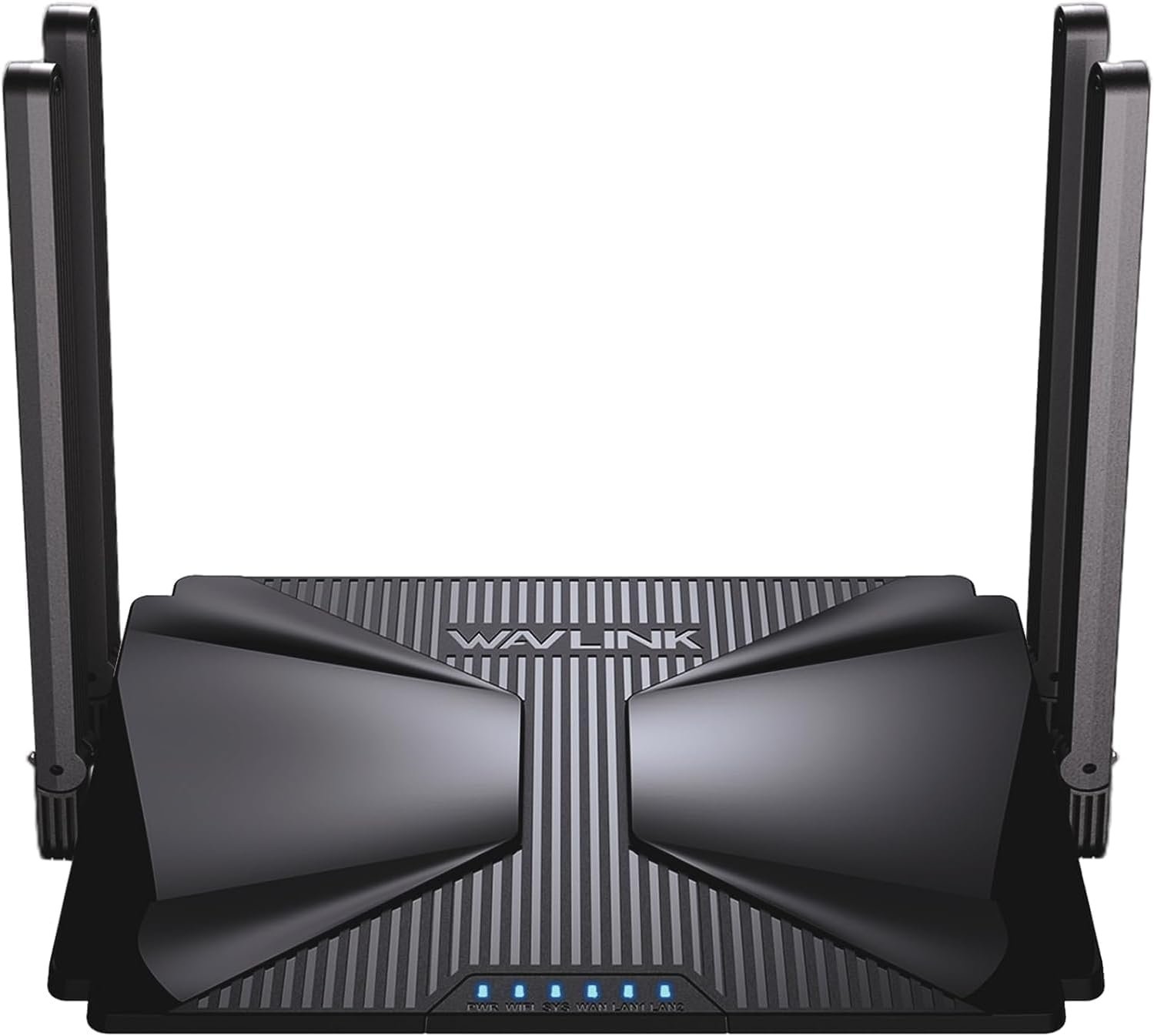Understanding WiFi 6 Technology and Its Advantages
WiFi 6 technology, officially known as IEEE 802.11ax, represents a significant evolution in wireless networking, offering remarkable advancements over its predecessors. One of the primary advantages of WiFi 6 is its capability to deliver enhanced speeds. While older standards such as WiFi 5 (802.11ac) improved speeds significantly, WiFi 6 can achieve peak data rates up to 9.6 Gbps, effectively accommodating the increasing demands for high-bandwidth activities such as 4K video streaming, online gaming, and large file transfers.
Another important benefit of WiFi 6 technology is its ability to reduce latency, or the delay that users experience in data transmission. This reduced latency is particularly essential for real-time applications, enhancing user experience during video conferencing, gaming, and other interactive applications. Additionally, WiFi 6 incorporates a technology called Orthogonal Frequency Division Multiple Access (OFDMA), which increases efficiency in crowded environments. This feature enables the router to allocate channels efficiently, allowing multiple devices to use the same bandwidth simultaneously without significant loss of performance.
Battery life is a crucial consideration for many connected devices, and WiFi 6 addresses this with a feature known as Target Wake Time (TWT). TWT allows devices to schedule when they will wake up to send or receive data, greatly extending battery life for devices such as smartphones, laptops, and IoT gadgets. The AX3000 rating indicates a capability that aligns with the demands of modern households, allowing for multiple simultaneous connections without degrading the quality of service. Furthermore, the inclusion of 5dBi high-gain antennas enhances the range and signal quality of WiFi 6 routers, ensuring robust connectivity in larger areas.
Real-world scenarios illustrate the benefits of these advancements effectively. In a busy household with multiple users streaming content and playing online games, a WiFi 6 AX3000 router with 5dBi antennas can provide seamless connectivity and uninterrupted service. The ability to handle numerous devices efficiently while maintaining high-speed internet access ultimately enhances the overall user experience in both home and office settings.
Setting Up and Maximizing Performance with Your AX3000 Router
Setting up your WiFi 6 AX3000 router is a crucial first step in ensuring that you benefit from the high-speed performance and expansive coverage it offers. Start by connecting your router to a compatible modem. Begin by using an Ethernet cable to link the WAN port of the AX3000 to the modem. Once connected, plug the router and modem into a power source, ensuring they are powered on. Wait for a moment while they boot up, indicated by the LED lights stabilizing on both devices.
Next, proceed to configure your network settings. Connect a computer or smartphone to the router’s network; this can either be wired through an Ethernet cable or wirelessly via the default network name provided in the product documentation. Open a web browser and enter the router’s IP address—often found on the bottom of the device. Follow the setup wizard prompts to create a secure Wi-Fi network name (SSID) and password. It’s recommended to utilize WPA3 security for the highest level of protection.
To maximize the performance of your AX3000 router, positioning is key. Place the router centrally in your home, elevated from the floor, and away from obstructions such as walls and appliances. Adjusting the orientation of the high-gain 5dBi antennas can also enhance coverage by optimizing signal distribution. Additionally, utilizing Quality of Service (QoS) settings allows you to prioritize bandwidth for specific devices, ensuring that high-demand applications like gaming or streaming receive sufficient speed.
Expansion is also an option; consider integrating mesh systems to extend coverage in larger residences. Should you encounter any issues, troubleshooting steps like rebooting the router or checking for firmware updates are effective solutions. Regular maintenance, including periodic updates and optimizing settings, will help maintain your router’s performance over time, ensuring your investment in high-speed wireless internet continues to pay off.







Reviews
There are no reviews yet.